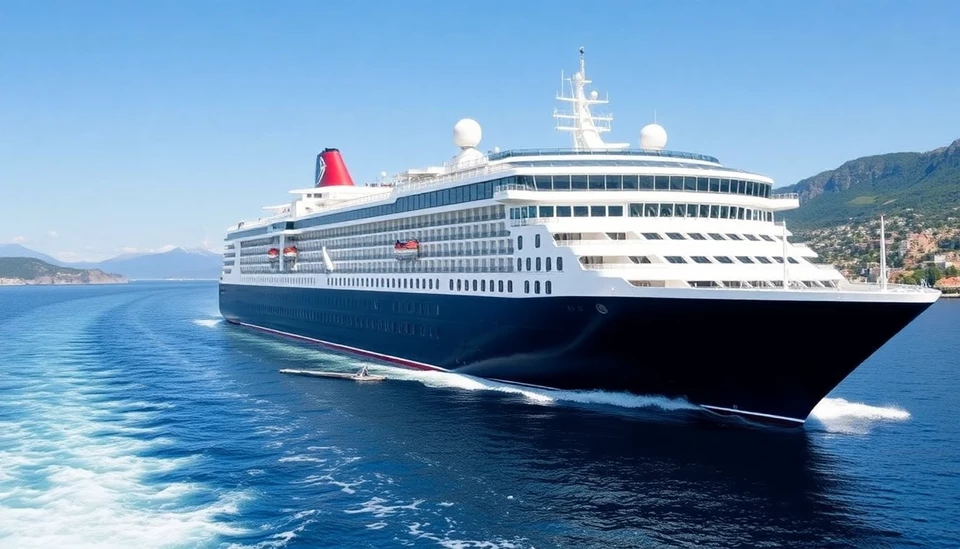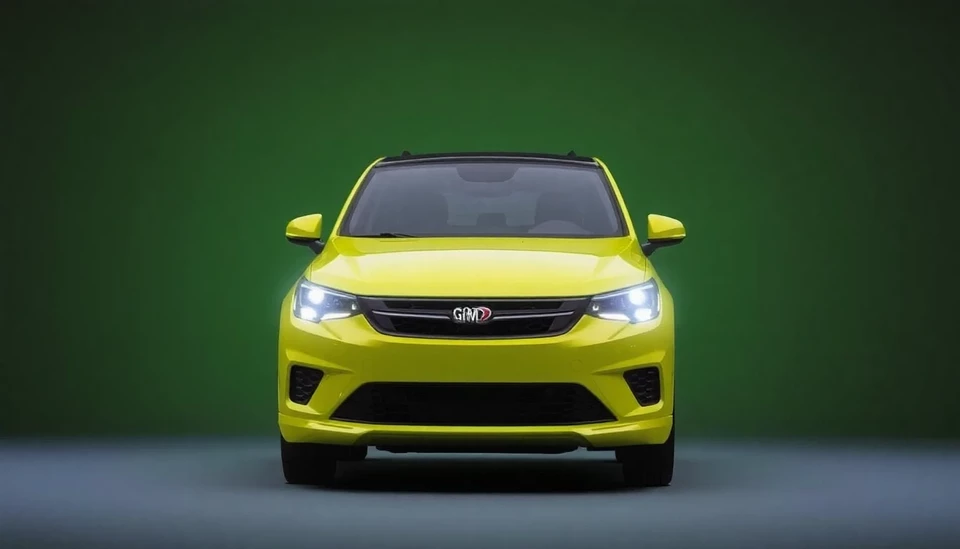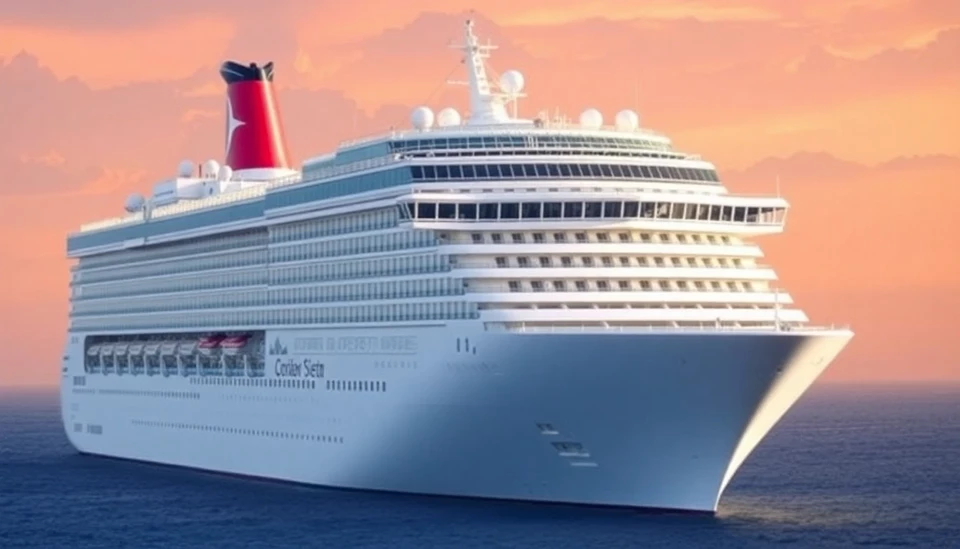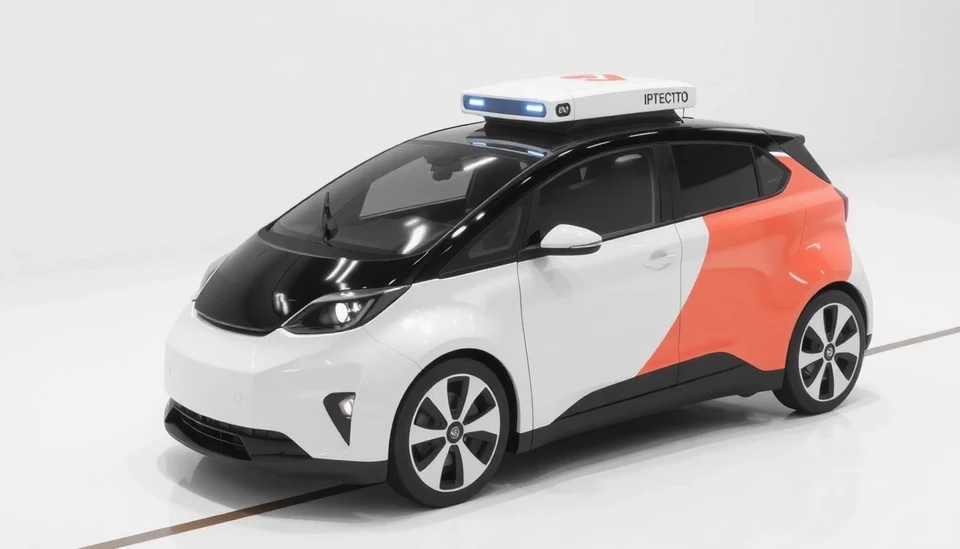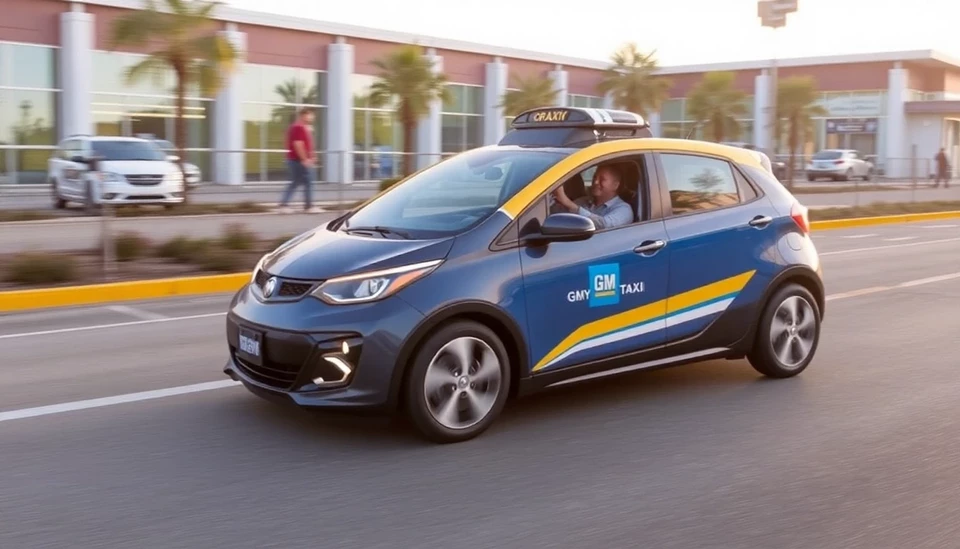
In a surprising move that has sent ripples through the tech and automotive industries, General Motors' autonomous vehicle subsidiary, Cruise, announced it will be terminating approximately 1,000 positions. This decision comes in the wake of the company’s decision to wind down its robotaxi service, a venture that was seen as a major investment in the future of transportation.
The layoffs account for around 20% of the firm's workforce, signifying a significant restructuring effort as GM reevaluates its vision for autonomous driving and its associated business models. Cruise launched its robotaxi service with high expectations, aiming to redefine urban mobility, but it has faced numerous operational hurdles and regulatory challenges since its inception.
Cruise's operational ambitions met with reality when the company faced increasing opposition from regulatory bodies concerned about safety and public acceptance. Despite many advancements in self-driving technology, the deployment of autonomous vehicles on public roads has proved to be a contentious issue, often leading to regulatory delays and setbacks that have ultimately affected Cruise's bottom line.
In a statement, GM highlighted that these steps were necessary for the sustainable future of Cruise. The restructuring will focus on redirecting resources towards enhancing vehicle safety, improving technology, and exploring new opportunities in the evolving landscape of electric and autonomous vehicles. GM remains committed to the development of innovative technologies but recognizes the need to streamline operations as the company adjusts to changing market dynamics.
Additionally, insiders suggest that the layoffs may lead to a broader discussion within General Motors about the viability of its autonomous vehicle strategy. The recent downturn has prompted many to question whether the initial enthusiasm for self-driving cars and robotaxis was perhaps overly optimistic.
Despite the challenges, Cruise is not entirely shutting the door on the autonomous vehicle market. The company has indicated its intention to refocus its efforts on areas that show greater promise and scalability. Future developments could include partnerships and collaborations aimed at leveraging Cruise's technology in different settings, rather than solely depending on its previous robotaxi model.
The ramifications of these job cuts go beyond Cruise itself, as they may also impact suppliers and other stakeholders within the broader automotive ecosystem. As GM seeks to navigate this complex transition, the implications for the workforce and the industry as a whole will become clearer in the coming months.
As autonomous technology evolves, the ability of companies like GM and Cruise to adapt and innovate will be tested. The decision to reduce the workforce signals a critical moment in the journey toward widespread adoption of autonomous vehicles, and it raises questions about the future direction of mobility solutions in a rapidly changing world.
In summary, GM's Cruise is making significant adjustments that reflect a need for strategic pivoting amidst the ups and downs of the autonomous vehicle market. The company’s next steps will be pivotal in determining whether it can recover from this setback and find a viable path forward.
#Cruise #GeneralMotors #AautonomousVehicles #Robotaxi #JobCuts #TechnologyInnovation #MobilityFuture
Author: Samuel Brooks

